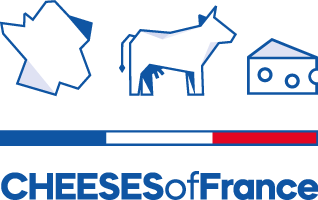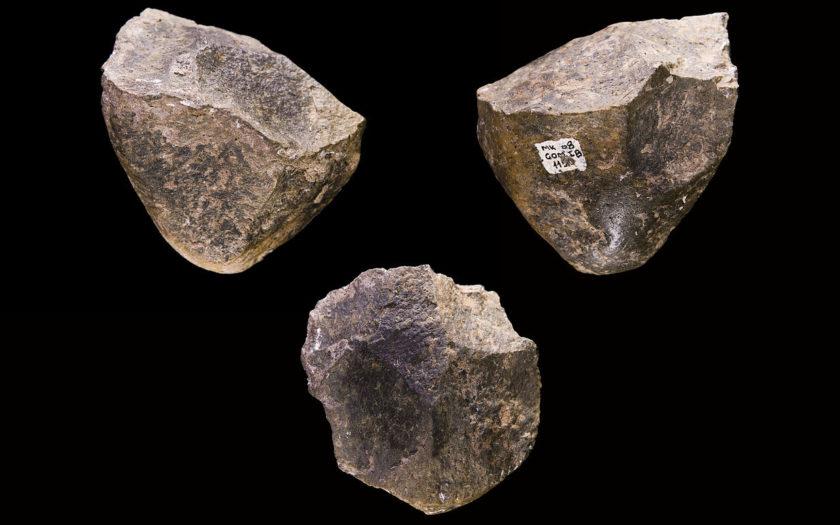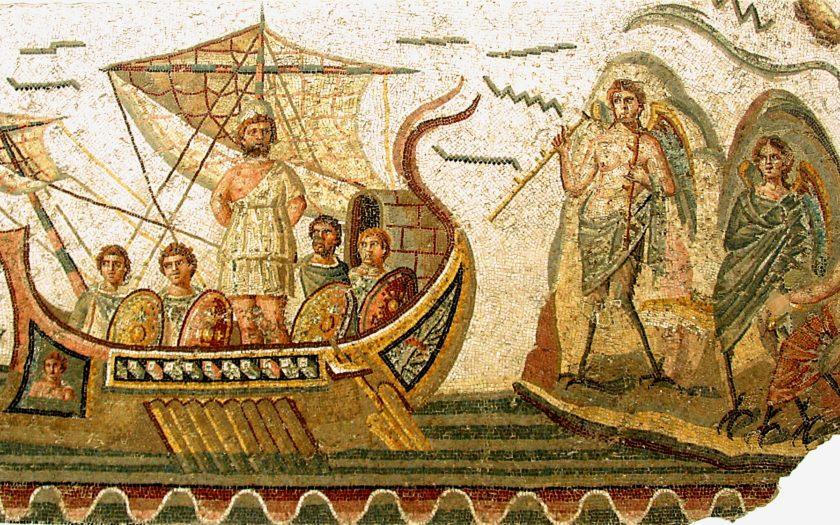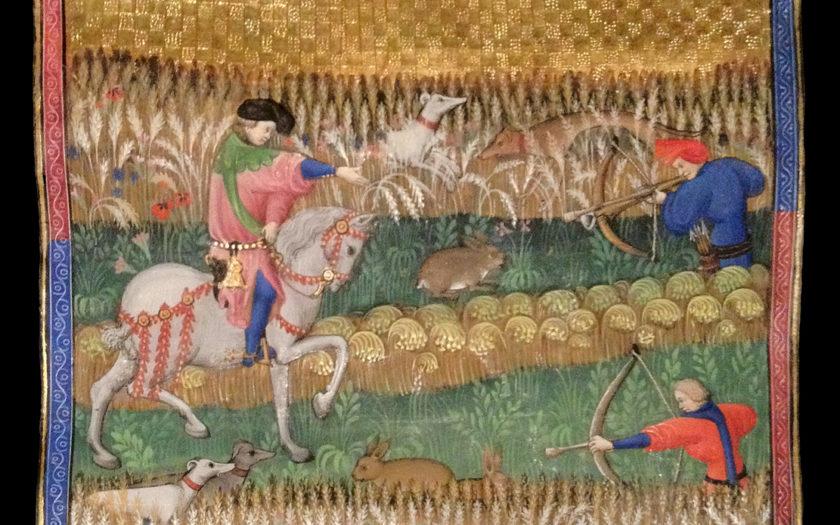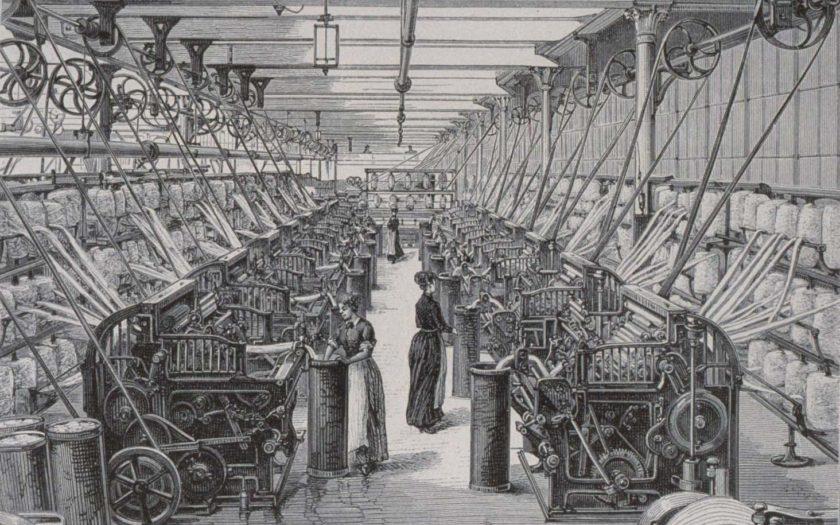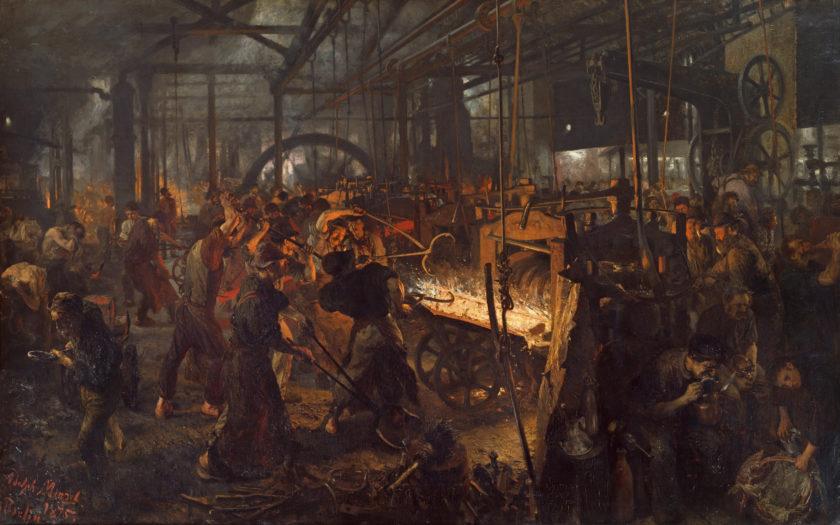The history of cheeses
The history of cheese somewhat resembles the history of France. It crosses paths with Charlemagne and Napoleon, mixes with the role of monks and monasteries, and contributes to the development of scientific research. The history of French cheesemaking is age-old!
Human consumption of milk dates back to the first farms, from 11,000 to 6,000BC, depending on the region of the world. Goats were the first animals to be domesticated, and cattle farming did not come until 3000 years later. Thanks to farming, Neolithic hunters could organise food management and no longer needed to hunt for food.
Curd, a natural result of milk that has coagulated, was soon used after this. In fact, cheese production can be traced back to 2500BC, with the first curd moulds discovered in Mesopotania as well as on Sumerian bas-reliefs. The history of cheese continues with the Pharaohs and their cheese urns, which were buried with them for the afterlife, and Homer, who, in the Odyssey, tells of how Polyphemus, the Cyclops, places curd in finely woven baskets in order to strain it. The first to write about the different stages required in the cheesemaking process was the Roman agronomist Columella in 60AD.
After the fall of the Roman empire, several cheese recipes had already disappeared. But some production secrets remained hidden in monasteries which continued to make cheese. Many of their recipes, such as Maroilles, Munster and Pont-L’Évêque, still exist today.
From the 13th century, production began to grow on French farms. Peasants invented regional cheeses. The first cheese cooperative was founded at this time by women in search of a source of income and who wanted to take advantage of dairy production. This was the start of a French tradition based on the idea that cheesemaking was something almost exclusively done by women, with recipes and know-how passed down from mothers to daughters and improved upon little by little. At this time, in order to keep the cheese fresh and transport a fragile material, the sale and consumption was limited to local markets.
With the restoration of peace, trade began again. With pilgrimages and the growth of thermal cures in France (after 1850) and the establishment of paid holidays (from 1936), cheese was no longer confined to its regions and began to be transported across borders.
“Delicate, living material in which nestles identity and traditions, cheese exudes the soul of the earth and its inhabitants.” Pierre Androuët, master cheesemaker and food critic; member of the French Institute of Taste.
Since Columella’s description in 60AD, the basic principles of cheesemaking have essentially remained the same: milk clotting, salting and drying. Textures, tastes and flavours having only developed through the creativity and know-how of different people.
Variations in terms of temperature and heating of the milk, choice of ferment, cutting of the curd, size of the grains, mixing, heating, pressing time and intensity, placing in brine, washing or brushing of the rind, degree of humidity and temperature of the cheese maturation caves. It is the combination of these different elements that results in the extraordinary diversity of cheeses made in France.
And France has a lot more cheeses than regions! Each of them has a distinctive taste, shape and texture. Symbolic, authentic and nourishing, cheese has remained a subject of national pride in France, the world’s leading consumer of cheese.
Did you know?
Roquefort has always been produced and matured in the village of Roquefort. This was consolidated by Charles VI who, in 1393, granted the monopoly for the maturation of the cheese to the inhabitants of the village. All successive kings renewed this privilege, which in some way formed the basis of the concept of the protected designation of origin (AOP) used in Europe.
The key dates of cheese
Did you know?
Use of the French term for cheese was defined by law on 12 November 2013 (law no. 2013-1010). The method of production including liquid milk and a straining phase results from this:
Cheese is a “product, fermented or otherwise, matured or otherwise, made from the following ingredients exclusively of dairy origin: milk, partially or fully skimmed milk, cream, fat, buttermilk, used alone or as a mixture, and coagulated in whole or part, before straining or partly eliminating the aqueous part. […] The minimum content of dry matter in the product thus defined must be 23 grams per 100 grams of cheese”.
 繁體中文
繁體中文  简体中文
简体中文  한국어
한국어  Français
Français 